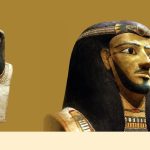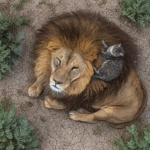A Surreal Creature: The Robotic Amazon Milk Frog of the Rainforest
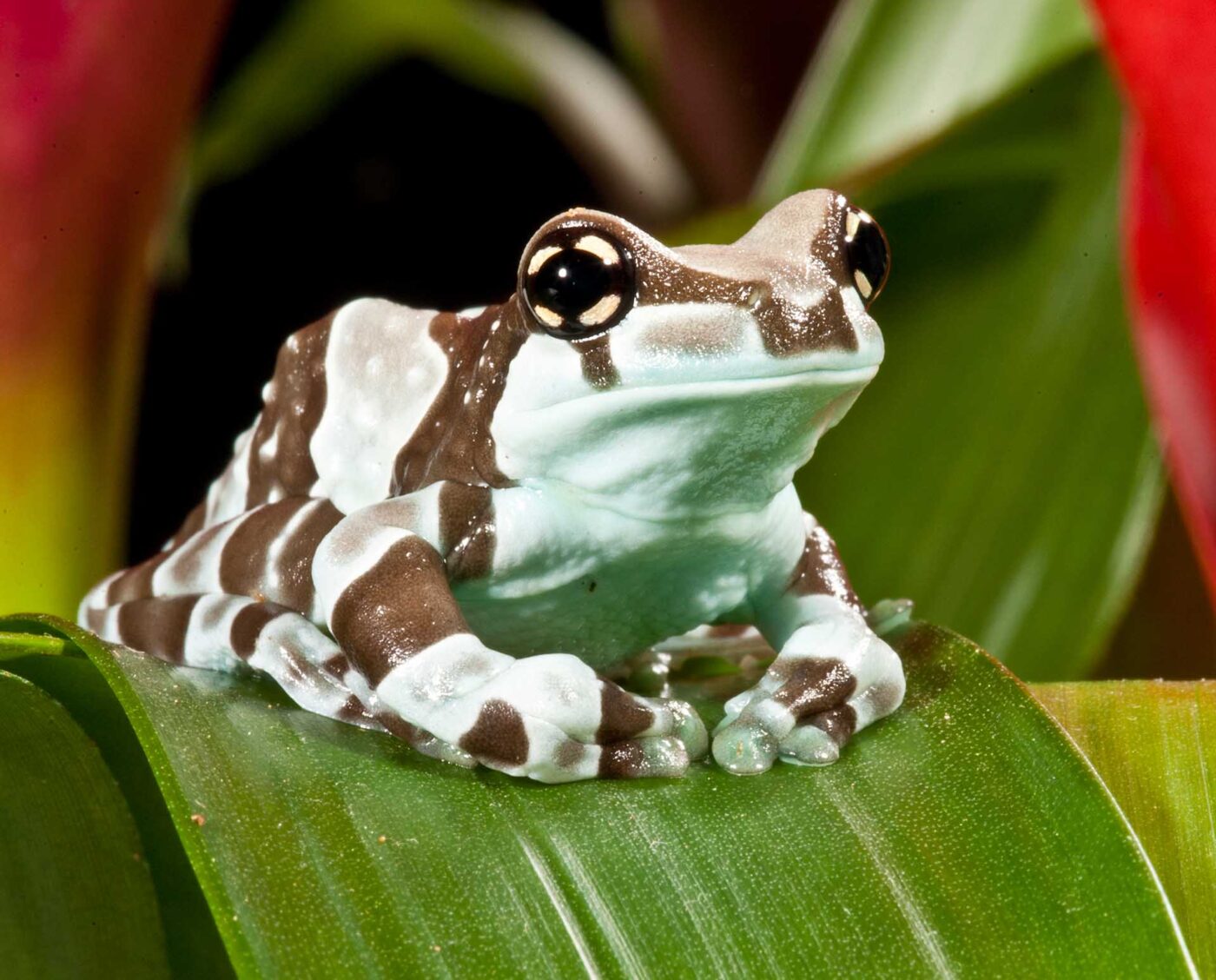
The Amazon Milk Frog (Trachycephalus resinifictrix) hails from the humid, densely vegetated rainforests of South America. Known for its futuristic appearance, this tree-dwelling frog is a sight to behold.
From its blue-gray skin and bold patches to its round, expressive eyes and milky secretion, the Amazon Milk Frog seems like something out of a sci-fi movie. Its unique coloring helps it blend into the wet canopies while keeping it safe from predators.
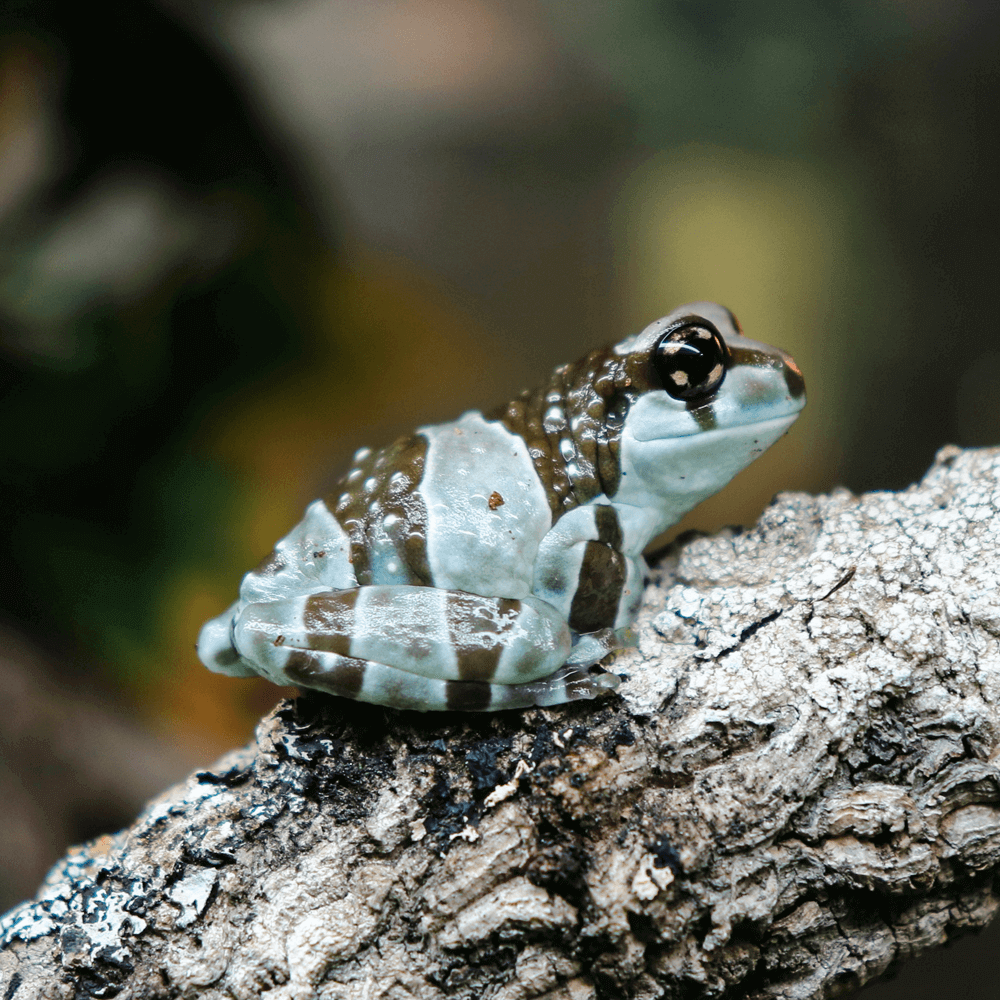
Nature’s Perfect Camouflage
The Amazon Milk Frog’s appearance is a beautiful masterpiece of nature’s design. Its skin is adorned with gray and blue hues, creating a mottled pattern that provides excellent camouflage in the forest’s treetops. The bold, irregular patches on its body resemble those of a robotic creature, giving it a mechanical, futuristic look.
Its rounded eyes add to this robotic appearance. With dark pupils set against light-colored skin, they make the frog appear as though it’s constantly observing the world, helping it to detect even the slightest movements and avoid predators.
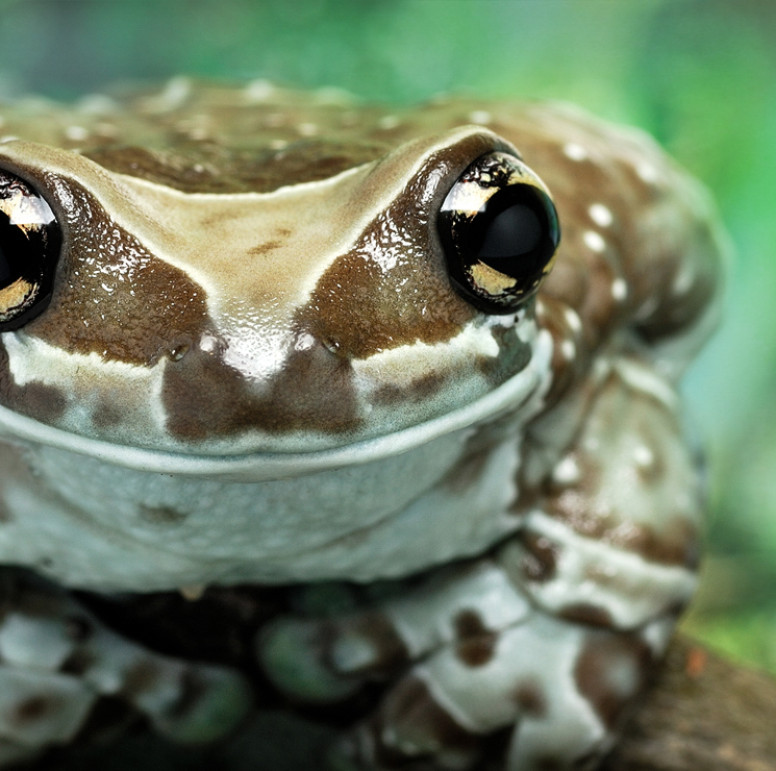
Unique Defense Mechanism: The Milk Secretion
One of the most fascinating features of the Amazon Milk Frog is its ability to produce a milky secretion from its skin. When the frog feels threatened or stressed, it secretes a white, milky substance.
This secretion gives the frog its name and serves as a defense mechanism. The milky substance acts as a deterrent for potential predators, warning them that the frog is not an easy meal. It’s a clever adaptation and a truly unique “hidden superpower” among the amphibian world!
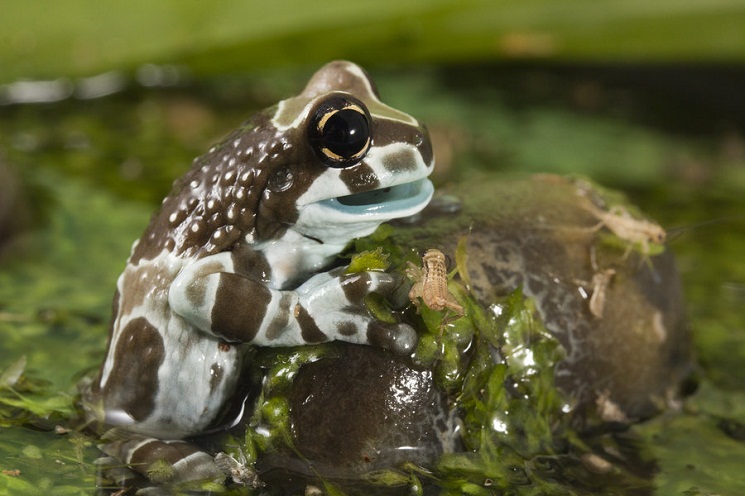
Long-Lived Arboreal Wonders
The Amazon Milk Frog is an arboreal species, spending most of its life in the trees of the high-humidity rainforest canopy. They are remarkably long-lived for tree frogs, reaching up to 8 years in the wild and potentially 10 years or more in captivity with proper care.
As insectivores, they use their long, sticky tongues to catch crickets, moths, and other small invertebrates. Due to their unique look and relatively low maintenance needs (as long as high humidity is replicated), they have become a favorite among exotic pet enthusiasts.

The Importance of Conservation
While Amazon Milk Frogs are not currently at risk of extinction, their natural habitat—the Amazon Rainforest—is facing numerous threats from deforestation and climate change.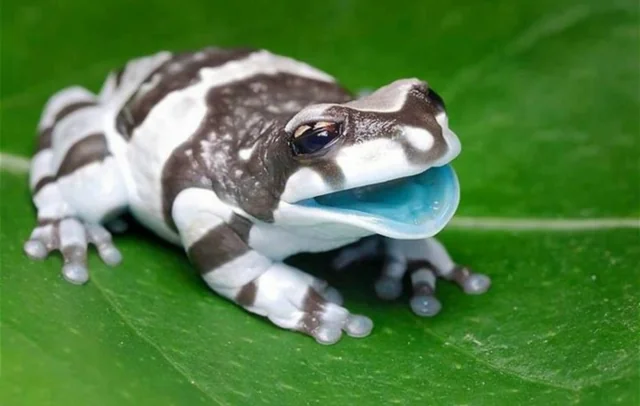
The ongoing destruction of their environment could put this species at risk, making it crucial to support conservation efforts and sustainable practices to protect these incredible creatures and their delicate ecosystems for generations to come.


